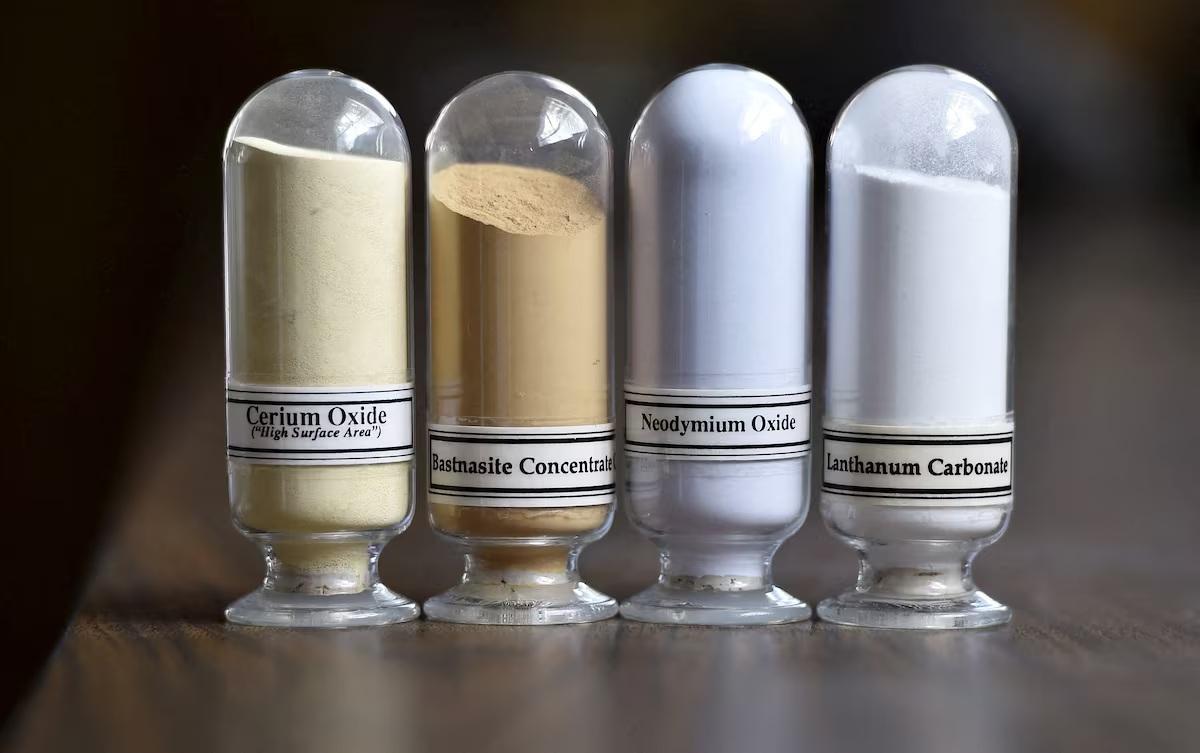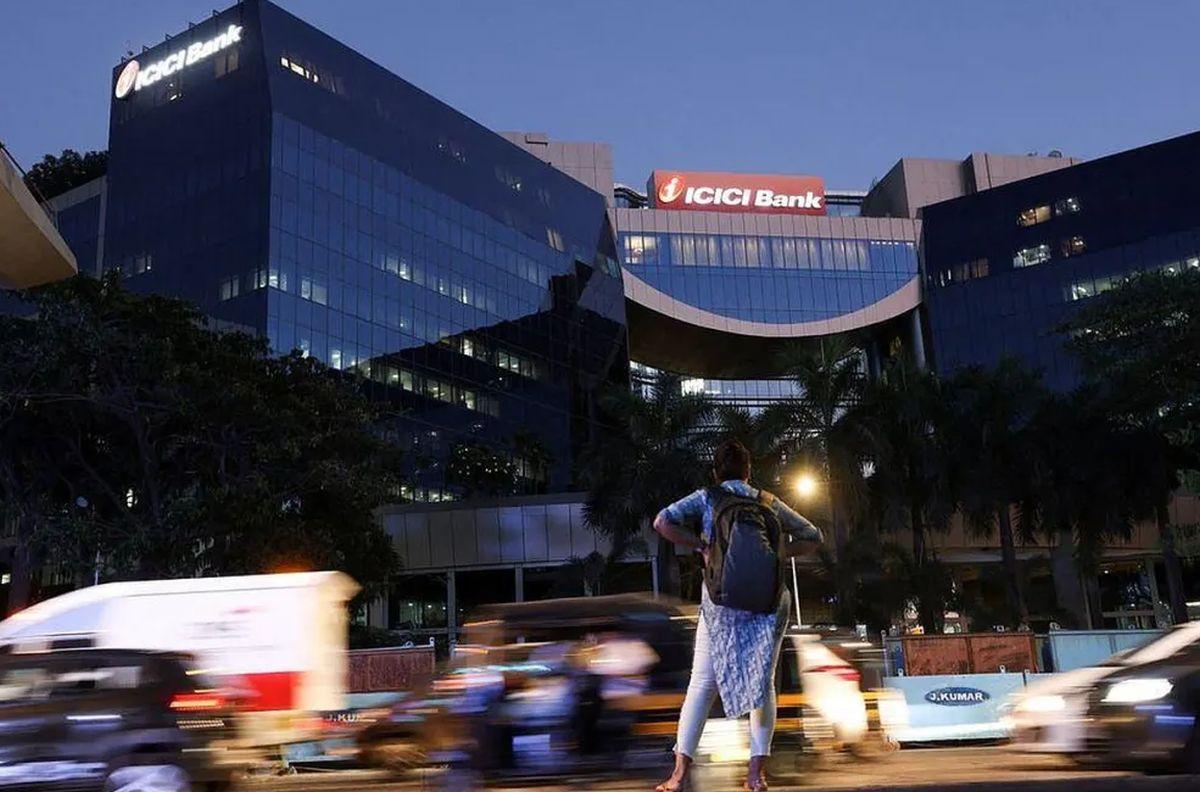India’s macroeconomic health is in a “relative goldilocks situation”, and although the risk of higher landed oil prices, due to insurance cost surges and closure of choke points due to the brief Israel-Iran war, has receded, it is “too soon to sound the ‘all clear’ for the rest of the year”, the Finance Ministry said on Friday.

IMAGE: Samples of rare earth minerals from left, Cerium oxide, Bastnasite, Neodymium oxide and Lanthanum carbonate are on display. Photograph: David Becker/Reuters
The outlook for India is one of cautious optimism amidst global uncertainties, officials from the economic division of the Department of Economic Affairs wrote in the monthly economic review for May 2025.
“…We have to get used to doing the balancing act or the high-wire act for some time to come.
“In this, India is on a better footing than many other nations…
“These may be nervous but exciting times for the Indian economy.
“Geopolitics may offer us opportunities that appeared remote previously.
“It is up to us to be flexible enough to ride the tide,” the review concluded.
The ministry also weighed in on the challenges facing India owing to rare earth elements’ export curbs imposed by China, ‘terming it a concerning phenomenon amidst the tariff and trade developments’ that is bound to hamper the development of industries such as electric vehicles, defence and renewable energy.
“Minerals such as lithium, cobalt, nickel, and rare earth elements are vital for solar panels, wind turbines, electric vehicles, and energy storage systems.
“Hence, such restrictions are bound to hamper the development of industries such as electric vehicles, defence and renewable energy,” the review’s authors explained.
With the disinflationary outlook bolstered by improved agricultural production estimates and a forecast of an above-normal monsoon, the central bank has revised its retail inflation projection for 2025-26 (FY26) downward to 3.7 per cent, the review noted.
“Still, there may be some upside risk to inflation stemming from global commodity price volatility, particularly a surge in crude oil prices, trade-tariff issues, geopolitical conflicts and potential weather-related disruptions,” it cautioned.
On growth, the review said the positive momentum of robust private consumption and resilient services activity that led the 6.5 per cent growth in FY25, has been extended into the early months of FY26, though a few segments like auto sales are seeing a moderation.
Rural demand has strengthened further, supported by a healthy rabi harvest and a positive monsoon outlook.
Urban consumption is being supported by increased leisure and business travel, as seen in the rise of air passenger traffic and hotel occupancy.
However, there are signs of softening in areas like construction inputs and vehicle sales, the review pointed out.While the outlook for the economy remains positive, external challenges could potentially impact India’s growth trajectory and warrant close and continuous monitoring, the review reckoned.
“Global growth continues to face headwinds, with persistent trade frictions, heightened policy uncertainty, and ongoing geopolitical conflicts weighing on the broader economic outlook,” it noted.
The review also highlighted that recent developments in global trade, geopolitics, and evolving investor priorities are creating conditions where traditional safe-haven assets are increasingly being viewed as sources of risk rather than stability.




